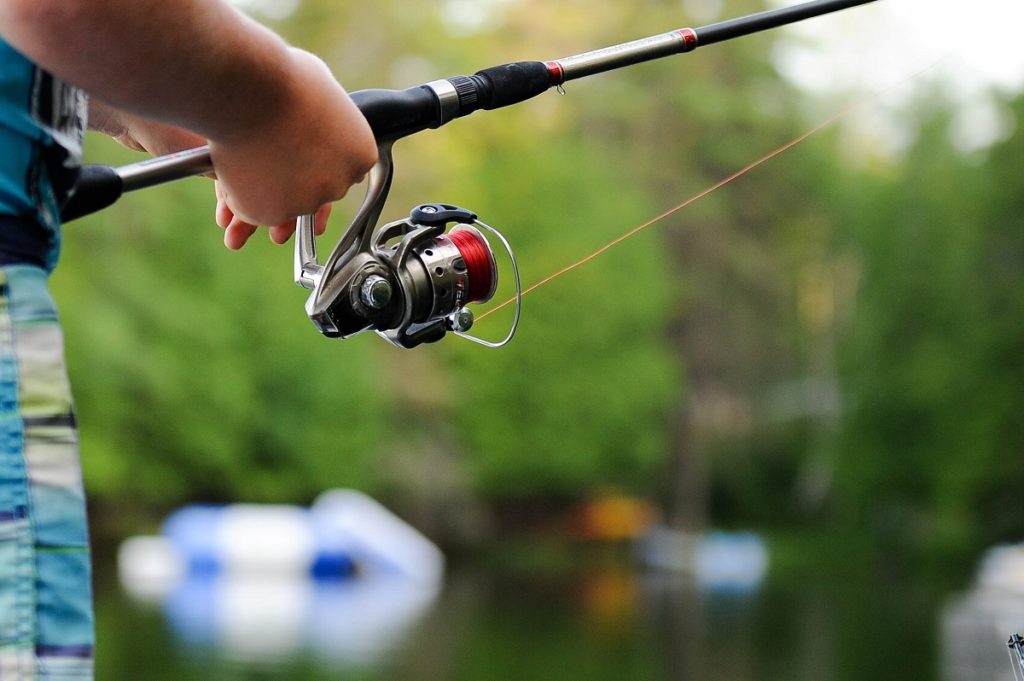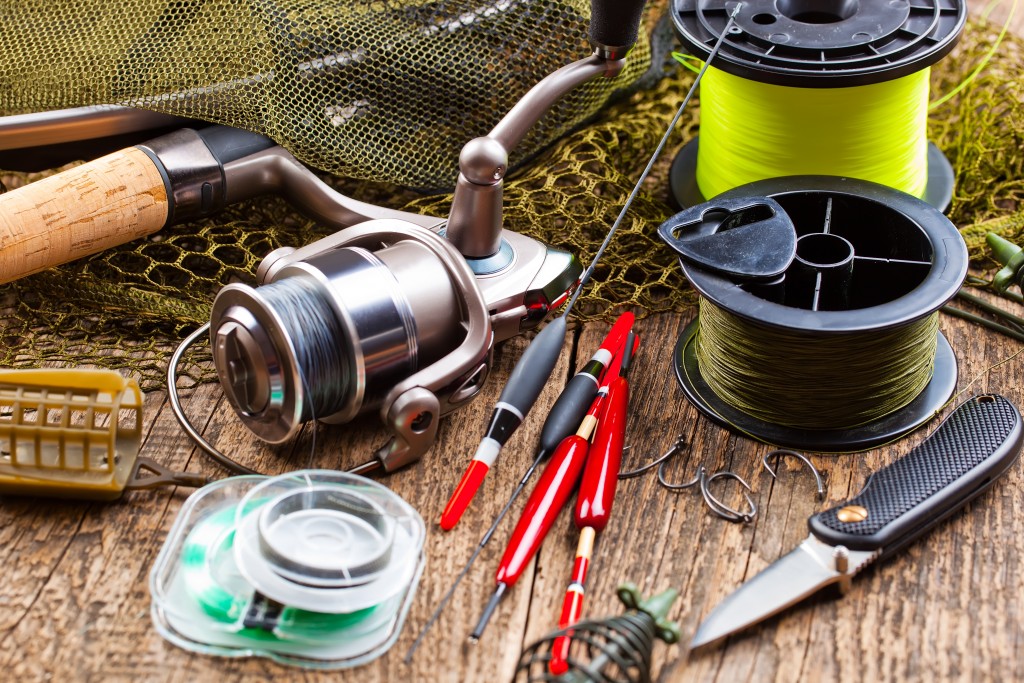Salmon is a large fish with thick and tough jawlines, making them hard to catch. But when you land one, you will have a meal with a buttery texture rich in omega-3. So if you are on a hunt for salmon, here are sure ways to catch them:
1. Use fishing plugs
With the right spinning reel, plugs couldn’t be a better bait when fishing for salmon. These are hard-embodied fishing lures that imitate prey including frogs, crayfish, snakes, and insects, drawing elusive salmon.
You can try the Kwikfish or Flatfish. Choose the bigger sizes, as it is said that salmon feeds on prey proportioned to their size, so that increases your chances of catching bigger fish. To release a savory scent underwater, tie a sardine fillet to the underside using a wrapping thread.
When done, throw the bait in the river, it dives deep in the current and wiggles, making it look tasty. Salmon swimming around won’t be able to resist that!
2. Backbounce your bait
Once you’ve finally found the perfect spot where salmon are stacking up, anchor your boat ahead. Ensure that your lead is neither light nor heavy. Otherwise, they won’t back down the salmon zone. The idea is to slowly back down your bait, allowing the fish to see and munch on it. The process involves holding, lifting, and backing down repeatedly. When you get a bite, allow a little slack in the line, and prepare to reel in your catch!
3. Fish with cured salmon eggs
This makes another excellent bait, as cured salmon eggs can serve as a juicy snack to salmon and trout. You want it to get as close to the bottom of the river as possible; salmon’s favorite hideouts are in the deep spots.
The cured eggs won’t flow along with the natural drift, but a floating braided line will do the trick. Once you get a bite, reel in as fast as you can.
When the rod bends, lower the tip of your rod at approximately 45 degrees, and reel in slowly. Keep the pressure on the fish under control. Repeat the process until you land the fish!
4. Try plunking for salmon
The idea is to add weight on the lure, allowing it to stay in place and spin underwater. When the fish come across it, they may bite. And you just have to run back to the river when the line pulls under. Before that, you have to find the perfect spot where you think salmon will be dragged by strong current.
5. Twitching jigs
Contrary to conventional fishing that requires holding the rod as steady as possible, twitching the jig means moving the rod constantly. This is said to be an effective technique at enticing salmon. Throw the jig in the water, then lift and drop it. Repeat the process. The best choices are the purples and pinks, as well as the black and chartreuse.
6. Roll large spinners

Alaskan anglers use this technique to lure in fall Chinook. The speed, colors, and weight play an important role. For instance, coho salmon prefer faster rolls, while kings are likely to bite at a slower speed. In terms of colors, fishermen say that salmon are attracted to red, chartreuse, and pink. Choosing the right color makes it easier for you to catch them. Cast it slowly, let it sink as deep as possible, then pull it fast enough to let the spinner spin.
7. Use hoochies
This bait resembles colorful squid- the natural food of salmon. That’s why it’s one of the favorite baits of many fishermen. They come in several colors and sizes. But the recommended size for salmon is 2 ½ and 4 ¾ with a combination of pink and chartreuse. As we have mentioned, salmon tend to be attracted to those colors. Before threading the hoochies, try adding a couple of beads ahead of the hook. This allows them to hang back a bit, and reduces missed strikes!
8. Lure in using spoons
Spoons have basic designs and oblong shapes with concave. The latter allows it to catch water which reflects light, making it look like a crippled fish. Some say that this provides anglers a higher rate of catching salmon. The key for this is to cast it and retrieve it slowly.
9. Switch things up
Not every day is Sunday. Even professional fishermen go home empty-handed or settle for other fish than salmon. If you are not getting any bite, try changing up your methods and techniques a bit. Perhaps, altering the troll speed and direction will do the trick. You may also try switching lures. If nothing works, you can always try again tomorrow. There’s always next time.
The best month for fishing salmon is between May to September. However, if you still wish to go out there in the river, you might be able to catch silver salmon, which is available until November.



